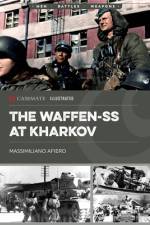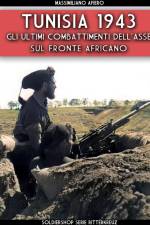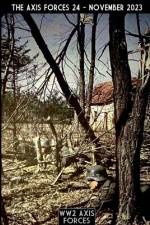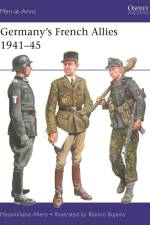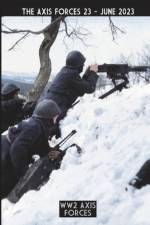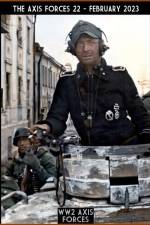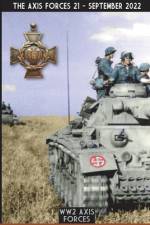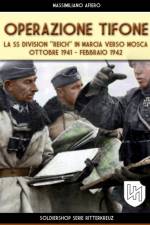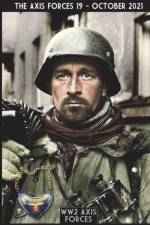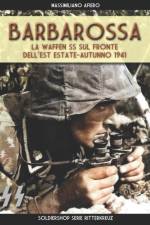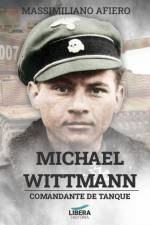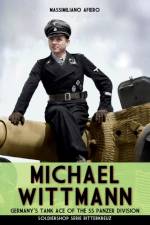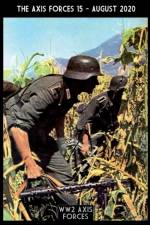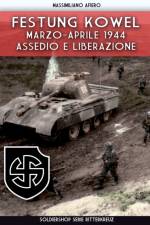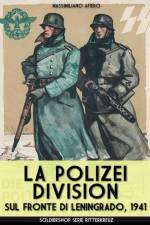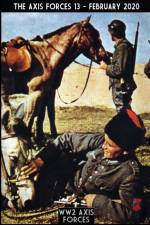av Massimiliano Afiero
319,-
Quando si pensa alla guerra d'Africa, la mente corre subito alla battaglia di El Alamein come ultimo atto della presenza delle forze italiane e tedesche in sul fronte dell'Africa Settentionale. In realtà, pur considerando la battaglia di El Alamein un colpo mortale inferto alle forze dell'Asse, è pur vero che la guerra sul suolo africano si protrasse per altri sei mesi, durante i quali i reparti italo-tedeschi furono impegnati in durissimi combattimenti sul fronte tunisino, combattendo contemporaneamente su due fronti, contro le forze inglesi dell'8a Armata britannica e contro quelle anglo-americane sbarcate in Nord-Africa nel novembre del 1942. Infatti subito dopo lo sbarco delle forze alleate in Marocco ed in Algeria (Operazione Torch) tra l'8 e il 16 novembre 1942, affluirono in Tunisia numerose forze dell'Asse per fronteggiare questa nuova minaccia. Le forze alleate avevano sperato in una facile passeggiata per arrivare a Tunisi ed invece furono affrontate tenacemente dalle truppe italo-tedesche, subendo alcune pesanti sconfitte e lamentando numerose perdite. Nel frattempo, le forze italo-tedesche in ritirata dall'Egitto, si attestarono sulla linea del Mareth, in Tunisia, per fronteggiare l'8a armata di Montgomery. Le forze italo-tedesche si ritrovarono quindi a combattere sia a nord sia a sud del fronte tunisino, contendendo ogni palmo di terreno al nemico. Sid Bou Zid, Kasserine, Sbeitla, Medenine, El Guettar, Uadi Akarit, Enfidaville sono solo alcuni nomi delle località dove si svolsero le principali ed epiche battaglie sul fronte tunisino, nel corso delle quali i reparti dell'Asse ed in particolare quelli italiani seppero fornire una grande prova di valore e combattività e questo fino all'ultimo, quando ormai le sorti della campagna erano già segnate. Abbiamo accompagnato la narrazione degli eventi selezionando tutte le foto disponibili negli archivi pubblici e privati per documentare quanto più possibile dal punto di vista iconografico la campagna e calare il lettore direttamente sui campi di battaglia.






